Description
711th Bomb Squadron, 447th Bomb Group, WWII Tribute Patch
Collectors and fans! Enjoy this new 825th Bomb Squadron, 484th Bombardment Group, WWII Tribute Patch. This is a great new shoulder patch to wear or display.
- 3.5 inches
- PVC/Hook and Loop
- US Naval Aviator Owned Business
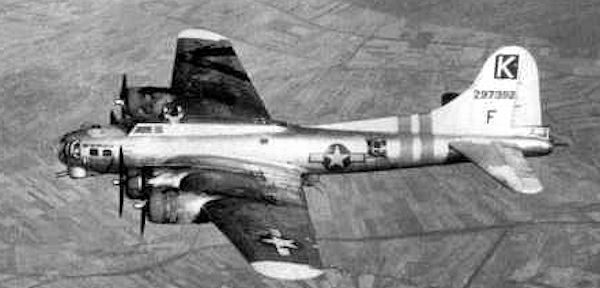
Training in the United States
The squadron was first activated on 1 May 1943 at Ephrata Army Air Base, Washington as the 711th Bombardment Squadron, one of the four squadrons of the 447th Bombardment Group.[4][8]
The original mission of the squadron was to be an Operational Training Unit.[9] However, by the time the 447th group reached full strength in October it had been identified for overseas deployment and its key personnel were sent to the Army Air Forces School of Applied Tactics at Orlando Army Air Base, Florida for advanced tactical training. The cadre trained at Brooksville Army Air Field with the 1st Bombardment Squadron, engaging in simulated attacks against Mobile, Alabama, Charleston, South Carolina and New Orleans. The squadron then trained at Rapid City Army Air Base, South Dakota with the 17th Bombardment Training Wing. In June 1943 the group moved to Harvard Army Air Field, Nebraska for Phase I training.[10] The unit sailed on the RMS Queen Elizabeth on 23 November 1943 and arrived at the Firth of Clyde on 29 November 1943.[11] The squadron’s B-17s began to move from the United States to the European theater of operations in November 1943.[4]
Combat in the European Theater
Squadron B-17G Flying Fortress[d] The squadron was stationed at RAF Rattlesden, England, from December 1943 to August 1945. It flew its first combat mission on 24 December 1943 against a V-1 flying bomb launch site near Saint-Omer in Northern France.[12]
From December 1943 to May 1944, the squadron helped prepare for the invasion of the European continent by attacking submarine pens, naval installations, and cities in Germany; missile sites and ports in France; and airfields and marshaling yards in France, Belgium and Germany.[13] The squadron conducted heavy bombardment missions against German aircraft industry during Big Week, 20 to 25 February 1944.[8]
The unit supported Operation Overlord, the invasion of Normandy in June 1944 by bombing airfields and other targets.[8] On D-Day the squadron bombed the beachhead area using pathfinder aircraft.[14]
The squadron aided in Operation Cobra, the breakthrough at Saint Lo, France, and the effort to take Brest, France, from July to September 1944.[8] It bombed strategic targets from October to December 1944, concentrating on sources of oil production.[8] It assaulted marshalling yards, railroad bridges and communication centers during the Battle of the Bulge from December 1944 to January 1945.[8] In March 1945 the group bombed an airfield in support of Operation Varsity, the airborne assault across the Rhine. The unit flew its last combat mission on 21 April 1945 against a marshalling yard at Ingolstadt, Germany.[15]
On 2 November 1944, 2d Lieutenant Robert E. Femoyer, a navigator with the squadron, was flying a mission to Merseburg, Germany. His B-17 was damaged by flak and Lt. Femoyer was severely injured in his back and side. He refused morphine to relieve the pain of his injuries in order to keep his mind alert to navigate the plane out of the danger from heavily defended flak areas and then to a place of safety for his crew. Because he was too weak to climb back in his seat, he asked other crew members to prop him up so he could read his charts and instruments. For more than two hours he directed the navigation of his plane back to its home station with no further damage. Shortly after being removed from his plane, Lt. Femoyer died of his injuries.[8][16]
The 711th redeployed to the United States during the summer 1945. The air echelon ferried their aircraft and personnel back to the United States, leaving on 29 and 30 June 1945. The squadron ground echelon, along with the 709th squadron sailed 3 August 1945 on the SS Benjamin R. Milam, from Liverpool. Most personnel were discharged at Camp Myles Standish after arrival at the port of Boston. A small cadre proceeded to Drew Field, Florida[17] and the squadron inactivated on 7 November 1945.[8]
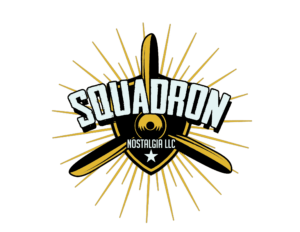
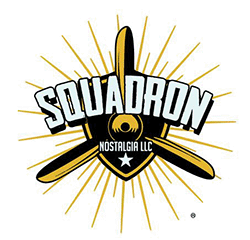
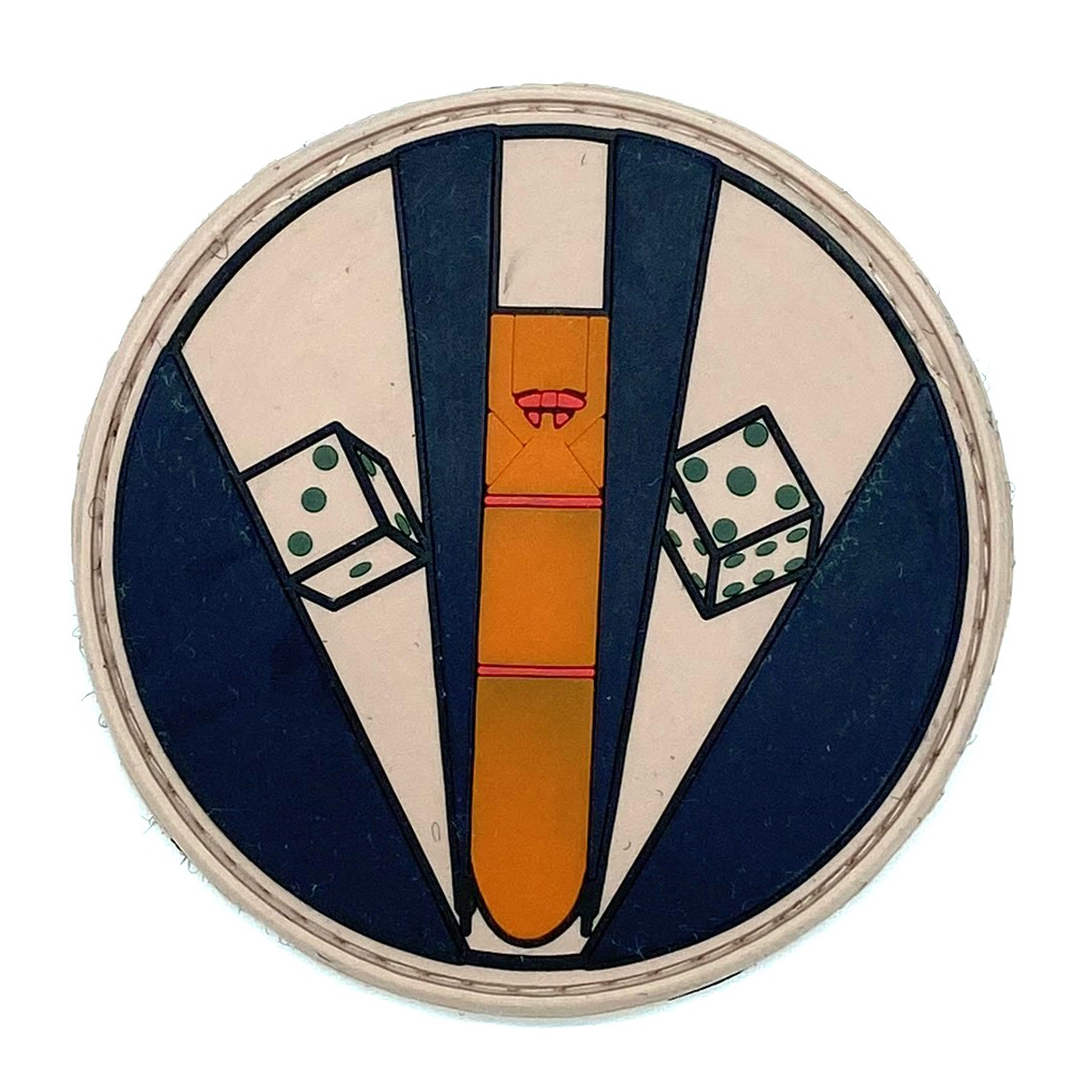
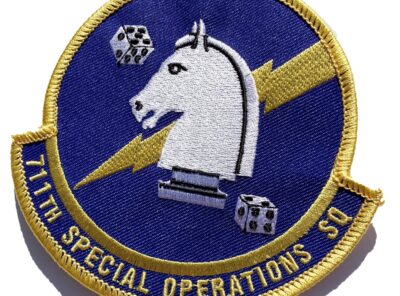
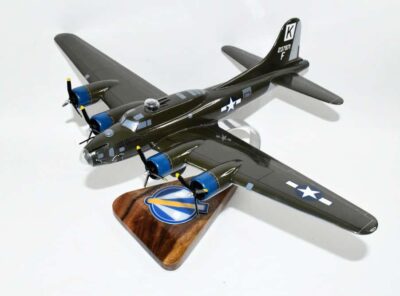
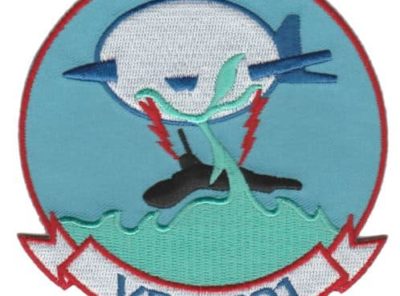
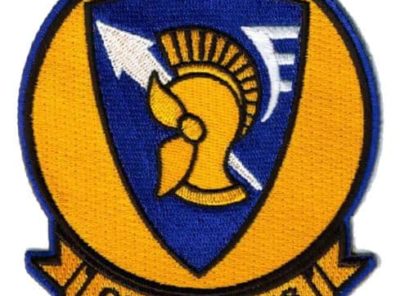
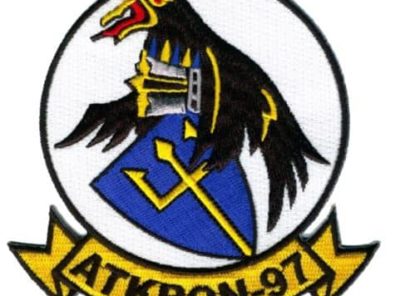

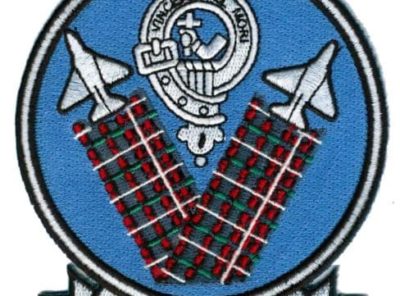
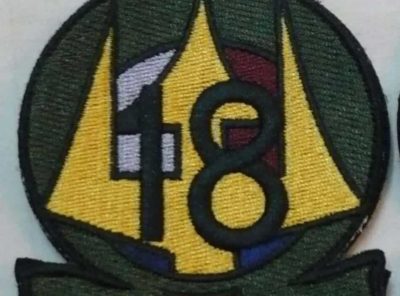
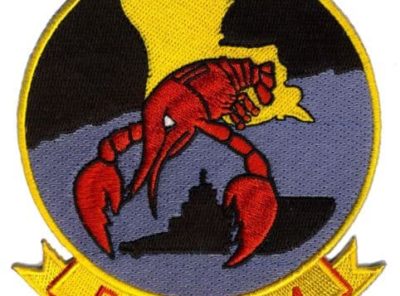
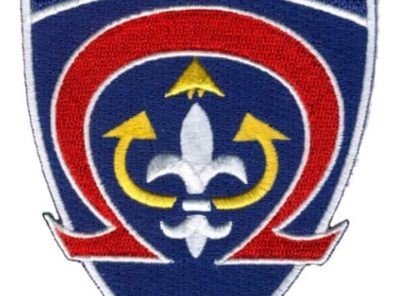
Reviews
There are no reviews yet.